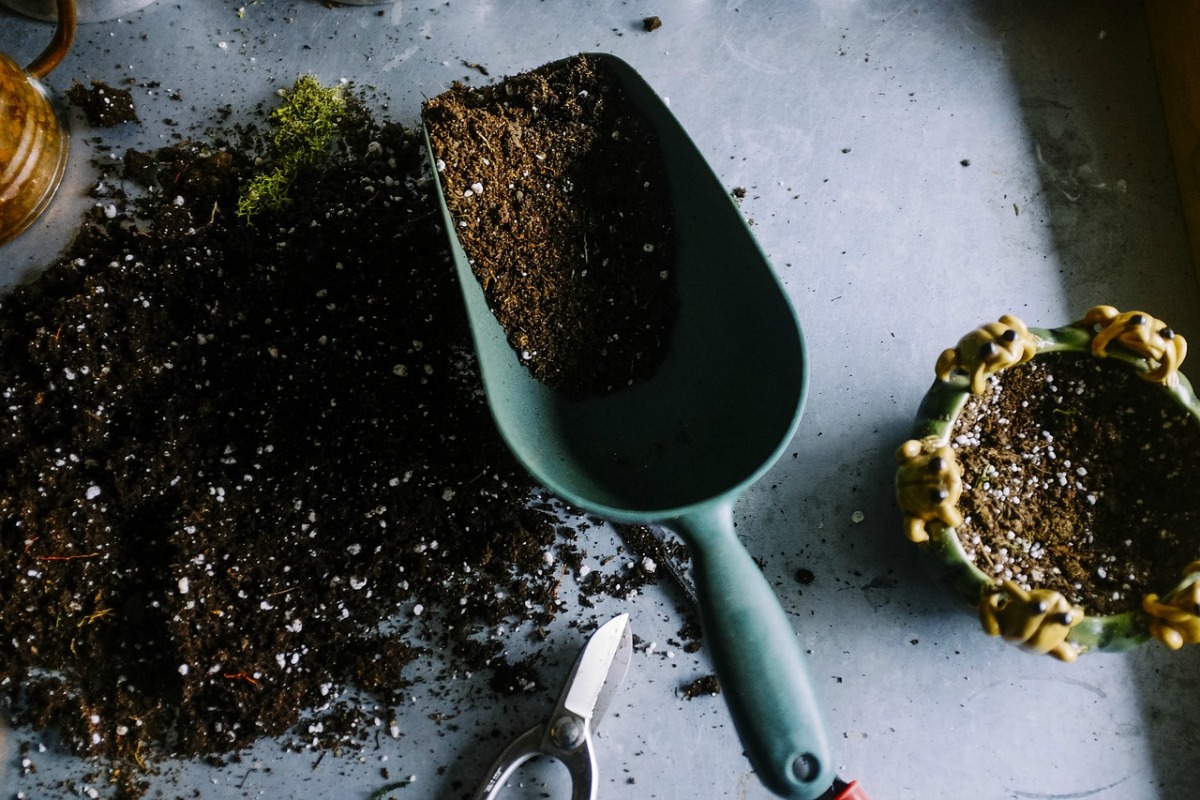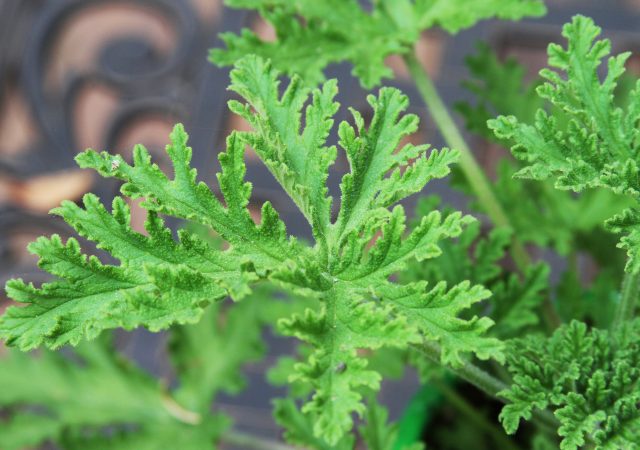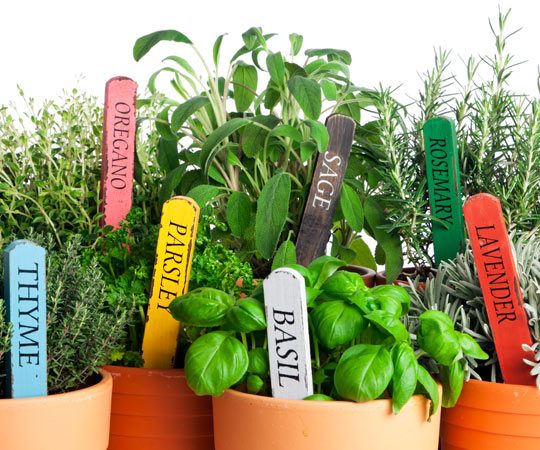Just like humans, your annual plants are living things that need food to help them grow. Along with sunlight and water, it is important that your plants are receiving the nutrients they need in order for you to have the best looking garden. Your annual plants gather several elements from the air and soil, but sometimes that isn’t enough. This is when fertilizer is useful, especially in the summer heat. Fertilizing your plants gives them those necessary nutrients that they may not be gathering, lessens the summer stress on them, and encourages more blooms. Learn about the nutrients that play a key role in your annual plants’ growth and the types of fertilizer that are available.
Fertilizer Nutrients
Plants need a variety of nutrients, but the three major ones are Nitrogen, Phosphorus, and Potassium. Nitrogen plays an important role in photosynthesis. Phosphorus supports the growth of roots, stems, flowers, and fruit. Potassium is a key part of how plants produce and digest their food. Overall, fertilizing your annual plants helps them get bigger, produce more flowers, and look more full and lush. Healthy soils rich in organic matter provide much of the nutrition that plants need, but for annuals especially it is a good idea to supplement this with fertilizer. Even potting mixes that advertise that they contain fertilizer should be supplemented with a liquid or granular fertilizer.
Types of Fertilizer
Liquid fertilizers come either as a liquid to be diluted in water or granules meant to be dissolved in water. These work great for fertilizing during the growing season while you water your plants. Granular fertilizers come as solid pieces which you sprinkle onto the soil at the time of planting. These are generally slow-release fertilizers, which means it takes longer for the nutrients to become available to the plants but they provide nutrition for a large part of the growing season.
On the fertilizer package, you’ll see three numbers (like 5-10-5), this is the Nitrogen, Phosphorus, and Potassium content of the fertilizer, in that order. Generally speaking, an all-purpose fertilizer such as a 10-10-10 is great for most annuals. When applying fertilizer, always follow the directions on the package â it is possible to over-fertilize!
Check out our Garden Maintenance Schedule to learn more about when you should be fertilizing your plants!




